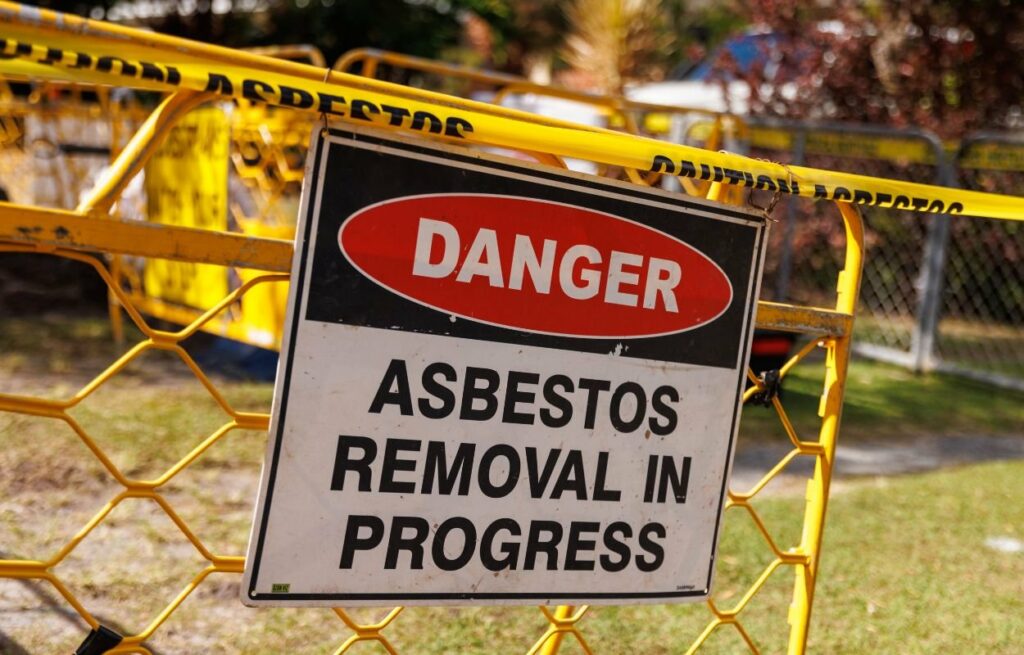Understanding the Laws of Asbestos Removal in Canada
Asbestos, once a popular construction material due to its heat resistance and durability, is now recognized as a serious health hazard. In Canada, stringent laws and regulations govern the handling and removal of asbestos to protect both workers and the general public from its harmful effects. Let’s delve into the key aspects of asbestos removal laws in Canada to shed light on this critical issue.
Understanding Asbestos
Before delving into the legalities, it’s crucial to understand what asbestos is and why it poses a risk. Asbestos is a group of naturally occurring minerals that were commonly used in construction materials before its hazardous properties were widely known. When disturbed or damaged, asbestos fibers can become airborne and, when inhaled, lead to serious health issues like lung cancer, asbestosis, and mesothelioma.
Legal Framework
In Canada, both federal and provincial regulations govern asbestos removal to ensure the safe handling and disposal of this hazardous material. The Canadian Environmental Protection Act, 1999 sets the national standards for asbestos use, including its removal. Provinces and territories also have their own regulations relating to asbestos removal and disposal, which must be followed in addition to federal laws.
Professional Training and Licensing
Asbestos removal in Canada is a specialized field that requires proper training and certification. Workers involved in asbestos removal must undergo training programs recognized by regulatory bodies to ensure they have the necessary skills to handle asbestos safely. Additionally, companies that perform asbestos removal must hold the required licenses and permits to operate legally.
Safe Handling Procedures
The laws surrounding asbestos removal emphasize strict safety protocols to minimize exposure risks. These procedures include conducting thorough asbestos assessments before removal, using appropriate personal protective equipment (PPE), setting up containment areas to prevent fibers from spreading, and employing specialized removal techniques to minimize the release of asbestos fibers.
Waste Disposal
Disposal of asbestos waste is tightly regulated in Canada to prevent environmental contamination. Asbestos-containing materials must be properly sealed, labeled, and transported to approved disposal sites following specific guidelines outlined in federal and provincial regulations. Improper disposal of asbestos waste can result in hefty fines and legal consequences.
Compliance and Enforcement
Regulatory bodies in Canada regularly monitor asbestos removal activities to ensure compliance with established laws. Inspections may be conducted to verify that proper procedures are being followed, and penalties may be imposed on individuals or companies found to be in violation of asbestos removal regulations. It is crucial for all stakeholders to adhere to these laws to protect public health and the environment.
Conclusion
Asbestos removal is a complex and highly regulated process in Canada due to the severe health risks associated with exposure to this hazardous material. By understanding and complying with the laws governing asbestos removal, we can safeguard the well-being of workers, residents, and the environment. Stay informed, stay safe, and ensure that asbestos removal is always conducted in accordance with the established legal framework.
At Deconstructors., we prioritize safety and compliance in all our asbestos removal projects to meet the highest standards set by Canadian regulations. Contact us for expert asbestos removal services that adhere to all legal requirements.


